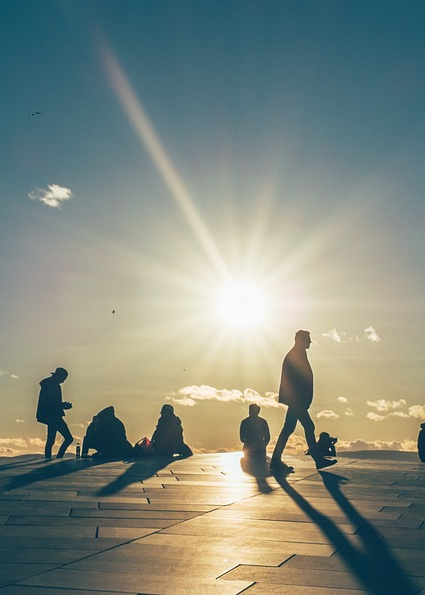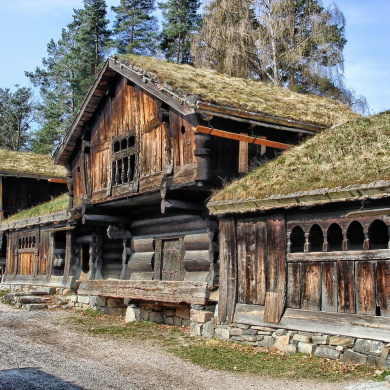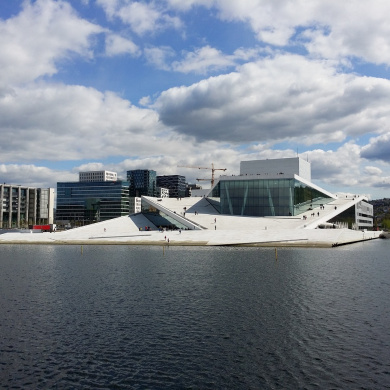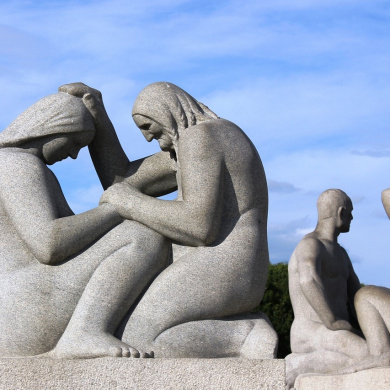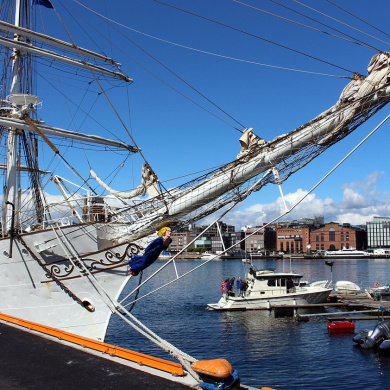Transportation
- Aker Brygge– An upmarket area on the Oslofjord with luxurious bars, pubs and restaurants set in an historic dockside environment.
- The Paléet – An old music hall with three bars, a dancefloor and plenty of hip cafes and shops.
- Mathallen Food Hall – A vibrant blend of markets, restaurants, bars and outdoor seating areas in the Vulkan area.
- Blå – An important international club venue in Grünerløkka, featuring events, concerts and more.
- Bar Kompaniet– A popular bar close to Karl Johans Gate famous for its live music and cool interior.
- Ekeberg Restaurant– An outdoor restaurant multi-level terraces with stunning views of Oslofjord, plus DJs and bands.
- Magic Ice Bar– An ice bar by the waterfront with colorful frozen sculptures, sculptured interiors and an extensive list of drinks.
- BrewDog– A British-style beer bar, serving craft beers, ales and cider, plus regular events and live DJs.
- Cafe Bruno– A classic Italian-style cafe, hosting karaoke parties, comedy acts and wine tastings.
- Oslo Jazzhouse– A great jazz club, offering live gigs and after-hours parties on selected nights.
Attractions
- Vigeland Sculpture Park: This amazing park is home to over 200 sculptures created by the renowned sculptor Gustav Vigeland.
- The Viking Ship Museum: This museum houses three of the best-preserved Viking ships ever discovered.
- The Norwegian National Opera & Ballet: This stunning building is one of the best places to experience world-class performances in Oslo.
- Akershus Fortress: This medieval castle dates back to the 13th century and is a great place to explore the city’s history.
- The Norwegian Museum of Cultural History: This museum is a great place to learn about Norway’s culture and history.
- The Holmenkollen Ski Jump: This iconic ski jump is a must-see for any visitor to Oslo.
- The Oslo City Hall: This impressive building is the seat of the city’s government and is a great place to learn about Oslo’s history.
- The Munch Museum: This museum houses the works of the famous Norwegian painter Edvard Munch.
- The Fram Museum: This museum is dedicated to the exploration of the Polar Regions and is a great place to learn about the history of the region.
- The Royal Palace: This palace is the official residence of the Norwegian Royal Family and is a great place to explore the city’s culture and history.
Time to spend
The amount of time you should spend in Oslo depends on your interests and travel style. If you're looking to experience the city's major sights and attractions, a minimum of 2-3 days is recommended. During this time, you could visit the Vigeland Sculpture Park, the Munch Museum, and the Royal Palace, and take a stroll around the picturesque neighbourhoods of Grünerløkka and Tjuvholmen.
If you're looking to spend more time in Oslo and explore the surrounding area, a longer stay of 4-5 days or more is recommended. This will give you more time to visit nearby attractions such as the Holmenkollen Ski Museum and Tower, the Oslofjord, and the islands of Hovedøya and Gressholmen.
Ultimately, the amount of time you spend in Oslo is up to you and what you want to experience during your visit. Whether you're here for a quick city break or an extended vacation, the city offers plenty of opportunities to explore and discover.
Time to visit
The best time to visit Oslo depends on your interests and personal preferences.
Summer (June to August) is the warmest and most popular time to visit Oslo, with long days and plenty of outdoor activities, such as hiking, biking, and swimming. However, this is also the busiest and most expensive time to visit, with higher prices and larger crowds.
Spring (March to May) and fall (September to November) are also good times to visit, with mild temperatures and fewer crowds. These seasons offer the perfect opportunity to enjoy the city's parks, gardens, and cultural events, such as the Oslo Literature Festival and the Oslo International Film Festival.
Winter (December to February) is the coldest time of the year in Oslo, but it also offers its own unique charm, with a magical atmosphere and plenty of winter sports, such as cross-country skiing and ice-skating.
Regardless of when you visit, Oslo is a vibrant city with a rich cultural heritage, stunning natural scenery, and a thriving arts and food scene, making it well worth a visit at any time of year.
Weather
The best time to visit Oslo depends on your personal preferences and interests. Here are a few considerations to help you decide:
- Summer (June to August): Summer is the warmest and busiest season in Oslo, with long days and plenty of outdoor activities to enjoy. This is the best time to explore the city's parks and beaches and attend the many festivals and events that take place throughout the city.
- Spring (April to May): Spring is a great time to visit Oslo, as the weather starts to warm up and the city comes to life after the long winter months. This is also the best time to see the cherry blossoms and other flowers in bloom and enjoy some of the city's outdoor cafes and restaurants.
- Autumn (September to November): Autumn is a colourful season in Oslo, with the leaves on the trees changing colour and the city becoming quieter after the busy summer months. This is a great time to explore the city's cultural and historical attractions and enjoy some of the seasonal food and drink.
- Winter (December to March): Winter is the coldest and darkest season in Oslo, but it's also the best time to experience the city's famous winter sports and outdoor activities. This is also the time to see the Northern Lights and enjoy the holiday season festivities in the city.
